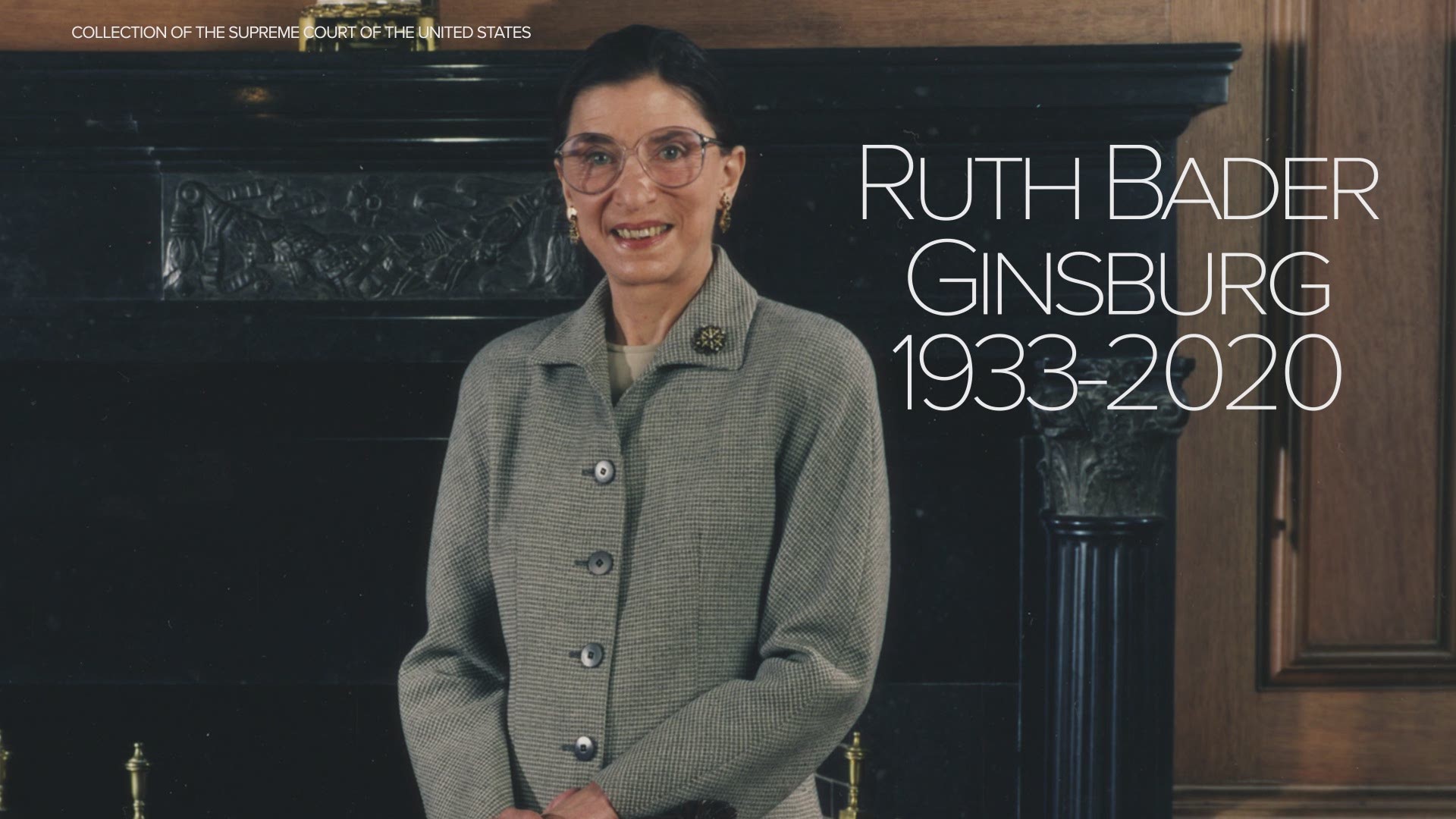NEW ORLEANS — The death of Supreme Court Justice Ruth Bader Ginsburg set off a wave of condolences, and a heated debate on confirming her replacement during an election year.
Statements by Republican Senators Mitch McConnell, Ted Cruz and Lindsey Graham infuriated Democrats. All three GOP Senators justified their refusal to allow President Obama’s Supreme Court nomination of Merrick Garland to move forward in 2016, saying no justice should be confirmed in an election year.
Four years later, just weeks away from the election, all three have changed their minds.
Democrats yell dirty pool, and Senator Chuck Schumer went further, seething as he made thinly veiled threats to exact revenge on the GOP should the Democrats seize control of the Senate in the upcoming election.
Schumer said “nothing would be off the table” and vowed to expand the High Court to 11 seats, presumably to confirm more liberal Justices to cancel out what is likely to be a 6-3 conservative court.
Louisiana Senator John Kennedy was elected in 2016, so he wasn’t there to say anything that could and would be used against him concerning the Merrick Garland nomination. He has voiced his approval of holding hearings on President Trump’s nominee, but took a different tack than some of his outspoken GOP colleagues.
Kennedy argues precedent for matters like this was set as far back as the 19th century. His argument was spelled out by one of his aides. Essentially, Kennedy argues when one party controls the White House and the Senate, the American public has decided the issue, the government is “unified” and it’s perfectly appropriate to proceed with confirmation hearings.
By contrast, if the White House and the Senate are controlled by different parties, as it was in 2016, then the government is “divided”, and the confirmation process should wait until after the election.
Writing in the National Review, Dan McLaughlin paints a different picture of history. He says in history, there has been a Supreme Court vacancy in a presidential election year 29 times. McLaughlin says the President made a nomination each of those 29 times. So President Trump has history on his side on this issue. Not surprisingly, when the same party controlled the White House and the Senate, the nomination was confirmed in an overwhelming number of cases.
Quoting McLaughlin, and again not surprising, the results are different when different parties control the White House and the Senate. He writes:
“… when the president and Senate were from opposite parties, there have been 10 vacancies resulting in a presidential election-year or post-election nomination. In six of the 10 cases, the president made a nomination before Election Day, but only one of those was confirmed by the Senate controlled by the opposite party. That was President Grover Cleveland’s nomination of Chief Justice Melville W. Fuller in 1888.”
Others argue the nation has allowed the system of checks and balances to tilt too much to the judiciary. Essentially, that argument is the government cedes too much power to the High Court, which has decided the outcome of a presidential election (in 2000) and the legality of same-sex marriages, among other major issues. Experts say there are ways in the Constitution to rein back some of that power to the legislative and executive branches, but it would likely be a difficult and bloody battle in today’s political climate.
That notion is not without precedent.
Consider this quote: “If the policy of the Government upon the vital questions affecting the whole people is to be irrevocably fixed by the decisions of the Supreme Court, the people will have ceased to be their own rulers.”
That is part the inaugural address of President Abraham Lincoln.
► Get breaking news from your neighborhood delivered directly to you by downloading the new FREE WWL-TV News app now in the IOS App Store or Google Play.

